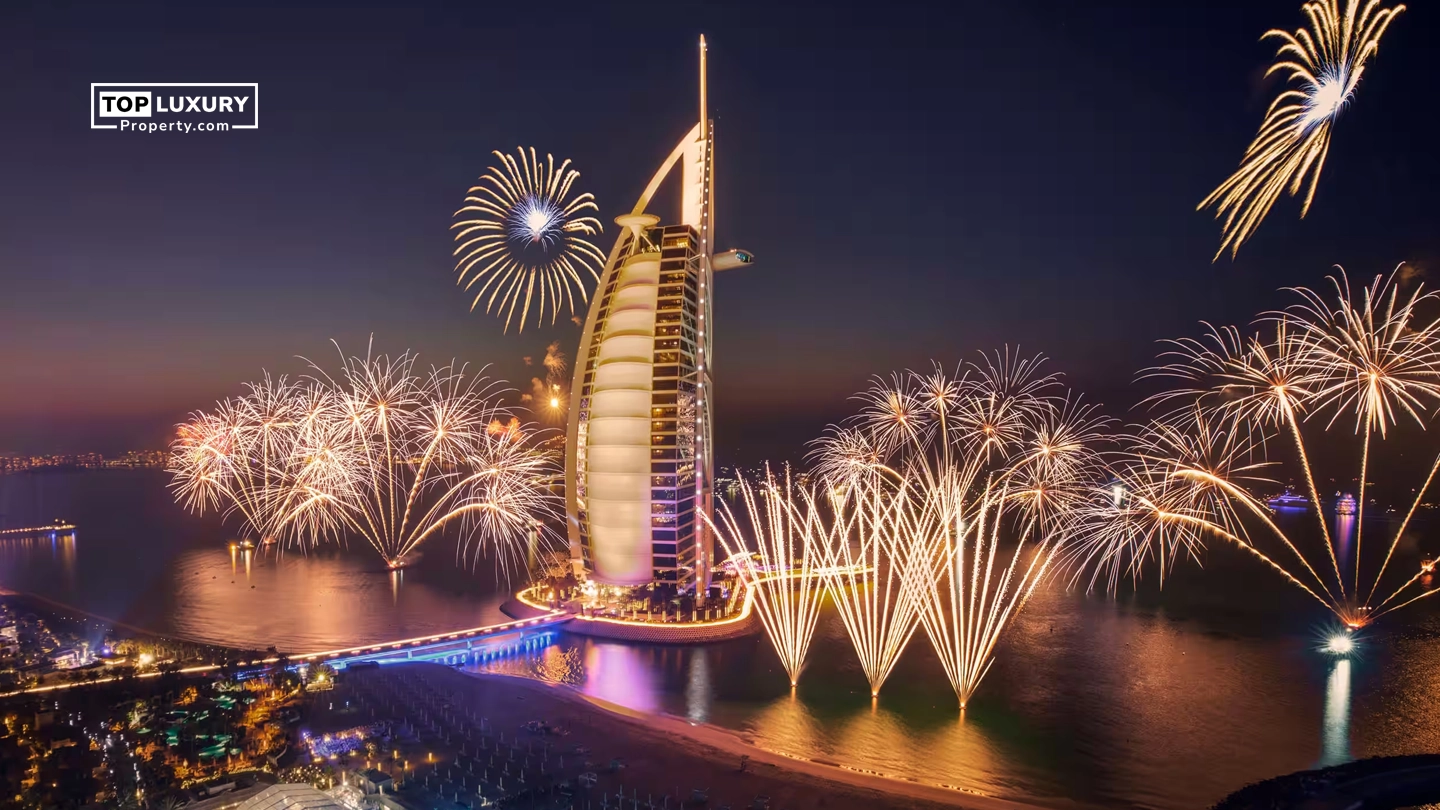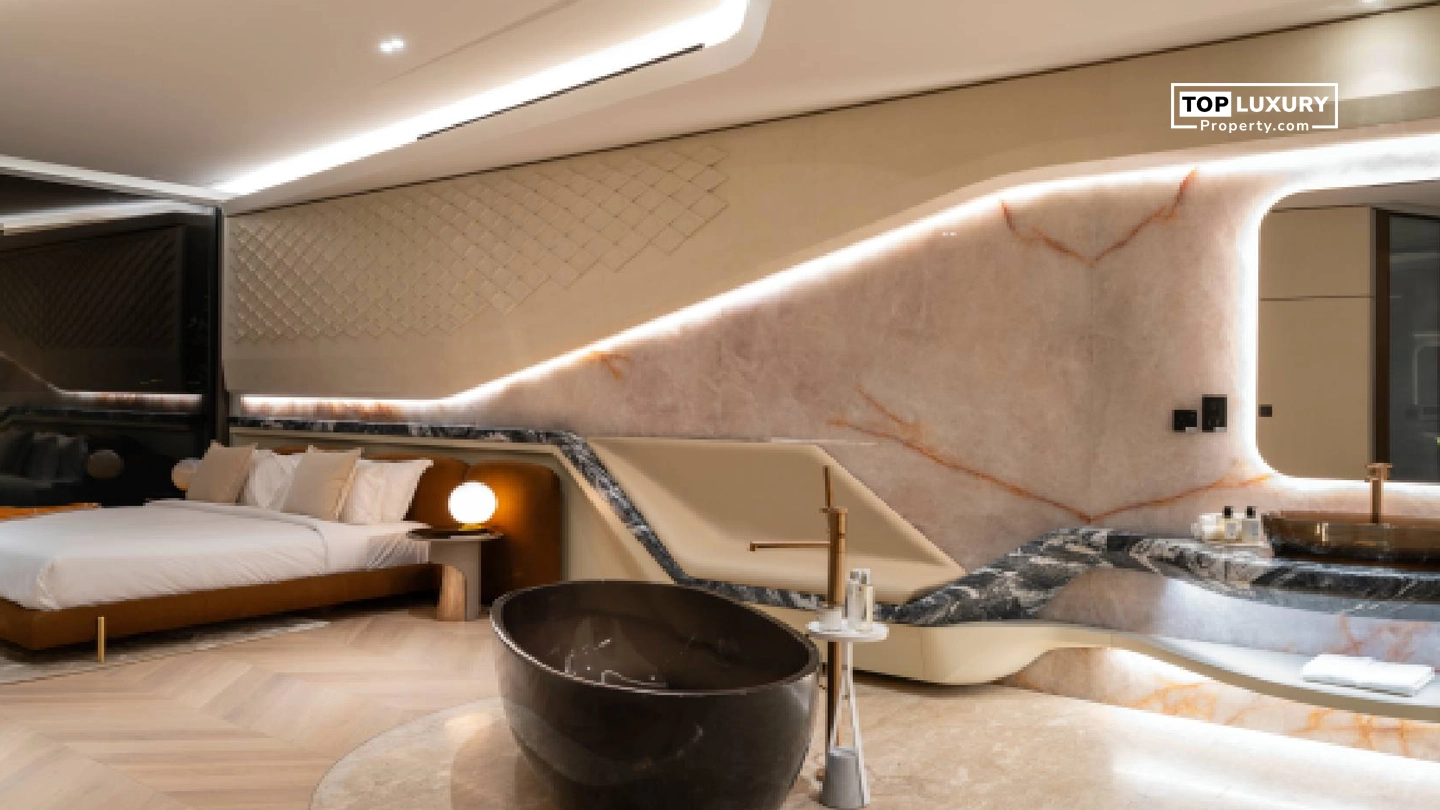In the last ten years, Abu Dhabi cultural investments have been changing the little emirate’s image globally, making Abu Dhabi one of the top points for arts, heritage, and innovation. These measures—centering around world-class museums, galleries, and cultural districts—aim not only to rebuild the identity of the city but also instigate a dynamic change in the Abu Dhabi real estate market. On the foot of the Vision 2030 framework of the emirate, the synergy between culture and property development will yield newer opportunities for investors, developers, and residents.
How does it impact on Abu Dhabi Real-estate
Real estate interests depend strongly on one of those cultural investments, which increase property values, provide different types of property to the market, and bring in investors from elsewhere, be it local or international. The presence of architectural icons such as the Louvre Abu Dhabi and the future Guggenheim Abu Dhabi translates into:
The neighboring areas witnessed a sharp hike in property values, particularly in luxury and waterfront categories.
Surging demand, in particular for residential and hospitality properties spanning around cultural hubs, with professionals and expatriates wishing to stay near these locales.
An increase in rental yields and occupancy rates, given that the steady movements of cultural tourists, in-fill the need for visitors and residents.
Diversification of real estate ventures with their sights on high-end apartments, villas, and mixed-use developments oriented toward cultural and creative communities.
The greatest effects are encountered in localities adjacent to major cultural schemes e.g. here where there is a juxtaposition between arts, tourist attractions, and property that matches the grandeur of such a project.
Key Cultural Projects Shaping Abu Dhabi’s Landscape
Several bold projects form landmarks on Abu Dhabi’s commitment to culture.
Louvre Abu Dhabi: Opened in 2017 on Saadiyat Island-the heart of the architectural statement-it serves to globally showcase the cultural ambitions of Abu Dhabi. The lofty setting here has indeed cemented yet another berth for luxurious properties and hotels in the area, now Sadiyat can resonate almost as the primary cultural and residential destination of the city.
Guggenheim Abu Dhabi: Designed by Frank Gehry and set to open in the forthcoming years, this museum will bring focus upon contemporary art, thus reinforcing Abu Dhabi as a cultural capital and creating global interest in the neighboring real estate.
Zayed National Museum: On Saadiyat Island, the museum celebrates the heritage of the UAE and attracts scholars, tourists, and investors.
Manarat Al Saadiyat: Home to exhibitions and cultural events, it supports the emergence of creative industries and acts as an enhancer of the local property market.
Sheikh Zayed Bridge: In its presence, this architectural jewel improves connectivity and accessibility into cultural districts, the presence of which goes down to enhancing real estate value.
The projects not only change the character of the city but are part of Abu Dhabi’s strategy of economic diversification and global branding.
How Cultural Investments Drive Property Demand
The paradox between Abu Dhabi cultural investments and real estate is manyfold:
Tourist Demand: Museums and cultural festivals draw-in some millions of visitors every year, which causes a permanent demand for luxury resorts, serviced apartments, and short-term rentals on or around the cultural landmarks.
Residential Appeal: Profile-wise, it is mostly expatriates, professionals, and creatives who look for homes around the cultural districts, an area generally accepted to be Saadiyat and its environs, since just being near gems of such enormity is itself an attraction: museums of the highest standards.
Opportunities in Commercial Real Estate: The influx of tourists and various cultural events fuel an increased demand for retail, office, and mixed-use spaces that developers seize to fulfill by mixing cultural attractions with commercial real estate.
Rent Market Growth: The presence of cultural infrastructure attracts the diversification of the workforce, which in turn increases the demand for rental properties. This supports higher yields from landlords as well as investors.
Prestige and Branding: Properties around cultural landmarks are more expensive, thus gaining the prestige of iconic institutions like even the Louvre or Guggenheim.
Future Outlook: Upcoming Projects and Their Potential
Abu Dhabi stands for real estate development beyond this decade with a solid lineup of cultural investments:
Guggenheim Abu Dhabi: Once completed, this project shall only add more shine to the already global name of Saadiyat Island. That does appear to incite another wave of appreciation for property prices and investment interest.
National Zayed Museum: Expected to attract academics and heritage enthusiasts, supporting residential and commercial development in the area.
Increased Cultural Districts: Well-defined infrastructural upgrades including those relating to transport connectivity and public open spaces will give a great boost to accessibility and attractiveness and hence to property values and rental yields.
Government Support: Culture and tourism remain priority areas under Abu Dhabi Vision 2030, hence ensuring continued investment in and policy focus on the sector.
These developments will, in turn, pave the way for additional foreign investment and diversification of the property market, thereby cementing Abu Dhabi’s position as an international cultural and real estate hub.
Conclusion
Abu Dhabi cultural investments are one of the most fundamental real estate transformations that the emirate has witnessed so far. In putting cultural assets of global caliber as the pivot of development, Abu Dhabi is not only elevating its world brand, but is also conferring real value to property owners, investors, and residents.
The likes of Saadiyat Island reap the greatest wins with luxurious real estate witnessing heavy demand, capital appreciation, and strong rental returns. With more cultural projects nearing completion and infrastructure being enhanced, the outlook for really good spots in Abu Dhabi real estate, especially in luxury districts with cultural amenities, remains very bright for 2025 and beyond.






_(2)_638647637563832478_820465_.webp)